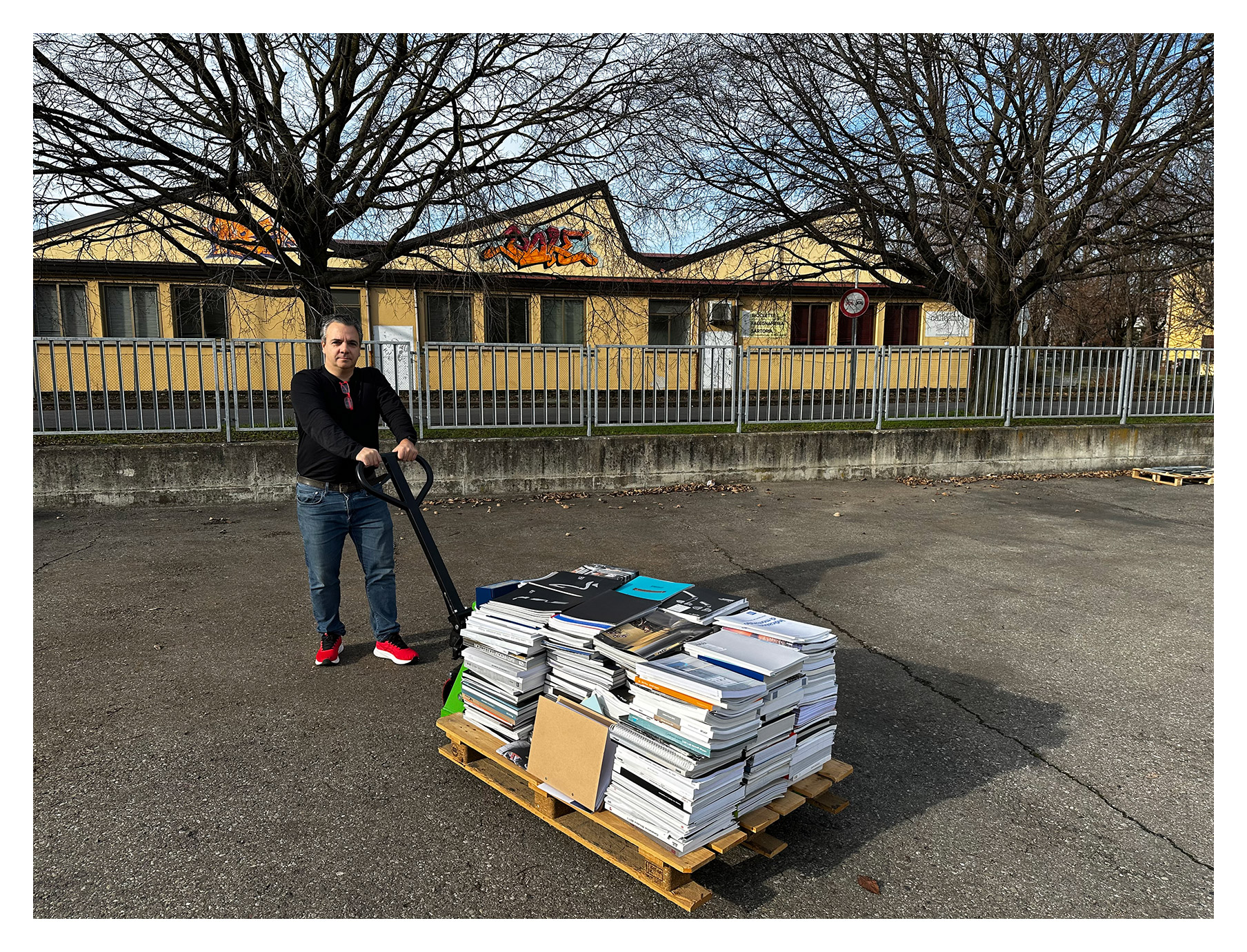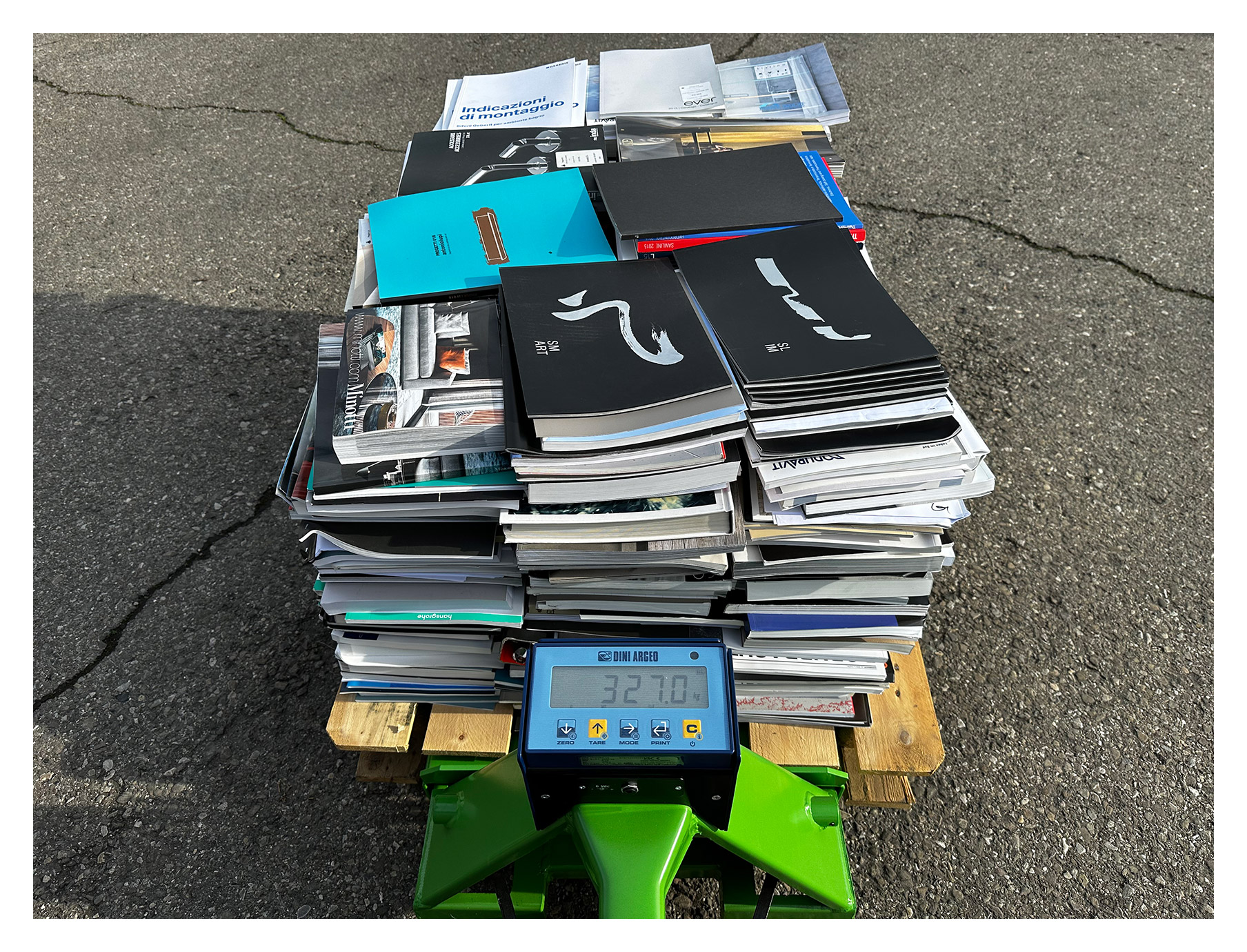
Pinaxo can be a valid partner towards sustainability both for producers and resellers: a topic that is getting every day more relevant.
Is the subject interesting for you? Read this short post (3 min reading)…
Recently we have been talking more and more often about “sustainability” which, in the corporate context, has to do with the impact that an organization has on the environment, on the need for energy and natural resources; concerns the effects on people (inside and outside the company), on the community, on society and, more generally, on all those involved in some way by the company’s business.
Attention to this topic is becoming more and more as we are becoming aware that today sustainability is a virtuous choice but in a more or less near future it could become a necessity or a constraint.
Let’s take an example: containing the environmental impact within a certain level according to measurable and established parameters could become the discriminating factor for choosing one supplier rather than another; or it could give access to benefits or financing; it could become the necessary requirement to participate in a tender. Or it could become a legal obligation!
How does Pinaxo make companies more sustainable? It’s simple: reduces the need for printed paper.
How much is this requirement? Some time ago, at a dealer company, the office of a former collaborator, a showroom sales consultant who regularly used the printed material and kept it updated, was freed from price lists and catalogues.
Instead of getting rid of the price lists and catalogues, I asked that they be placed on a pallet and stored.

Today we therefore took advantage of the opportunity to learn about a seller’s “paper needs”: we recovered the pallet and weighed it with a trans-pallet equipped with a scale.
Result? 327 kg, which net of the weight of the pallet (18 kg) makes 309 kg.
We estimate – even if this time we didn’t have “the pallet” to weigh – that a salesman in the HVAC & plumbing sector has a roughly similar need for price lists, catalogs and manuals.
It could be argued that a seller is able to work with a smaller set of price lists or that some of these, perhaps from “secondary” companies, could be shared in the office by several people.
However, let’s make a very conservative estimate, by default: 210 kg on average per seller Every maximum 3 years (with rare exceptions) price lists and catalogs “change” at least once for the necessary price and product updates. This is also an underestimate, however we have at least 70 kilograms of price lists per year per seller. For every 20 salespeople, the commercial staff of a small-medium sized distribution company, we have a requirement of at least 1.4 tons of paper per year.
For all the vendors that every manufacturer wants to keep up to date how many tons of paper are we talking about? How much does the industry spend on printing price lists, catalogs and brochures?
Then, since price lists don’t “have legs”, you have to somehow get them to the desks of those who use them and this also requires resources… especially if we don’t know exactly who and where actually needs them, another topic that I won’t delve into – let’s just say it’s a big mess!
A wholesaler whose salespeople widely use Pinaxo needs fewer printed price lists, perhaps one copy for each department, location or showroom is sufficient.
Yes, of course, the industry also makes the PDF of its price list available, but no salesman has the time (or desire) to download and keep updated the PDFs of all the companies he works with. Only the retailer who subscribes to Pinaxo allows their sales force to access any price list from any company instantly, from a single access point.
A wholesaler who equips himself with Pinaxo takes a step towards sustainability because he needs fewer price lists. Furthermore, he has sellers who waste less time when making estimates thanks to the characteristics of digital media, but that’s another story.
The manufacturer that promotes digital also takes a step towards sustainability: with its presence on Pinaxo, encouraging the use of electronic media and also providing digital price lists and feeding databases with updated and complete product information. And in addition to being more “sustainable” in perspective it also saves a lot of money.

